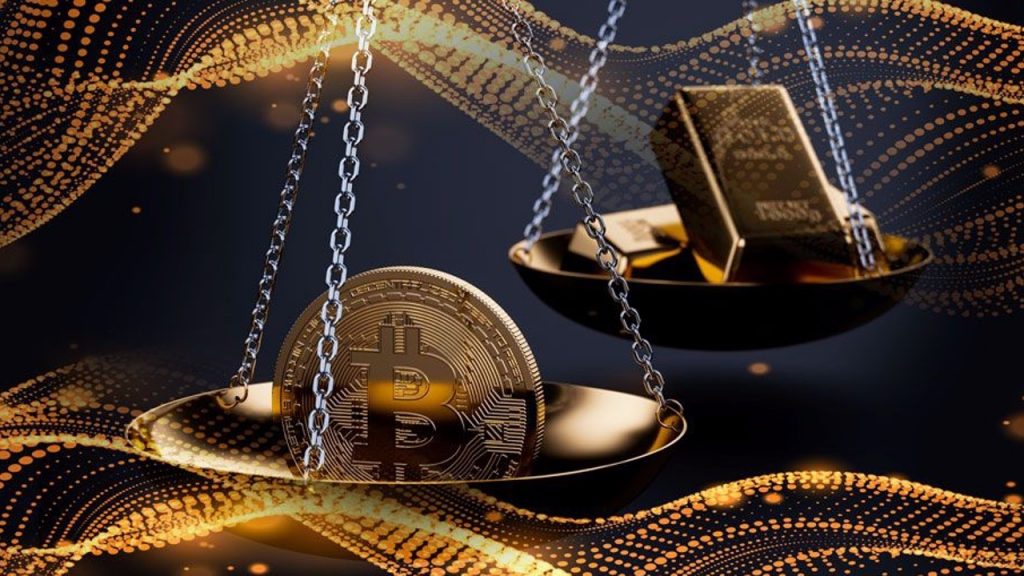
To understand the real value and revolutionary properties Bitcoin can bring to the economy, we must first understand the concept and properties of money. If you’re researching for your next investment and stumble across Bitcoin vs. gold vs. stocks, this article will help you understand where and how your money moves, allowing you to compose the best investment strategy hard-earned cash.
A Brief History of Money and Currency
Why do we have ‘Money’?
Before money was invented, people would transact with one another through the system of bartering. In essence, this a form of negotiating for something you want in exchange for something you already had. For example, “I will give you five apples for your five potatoes.”
However, this proved tricky when you only had cows, and you needed to get some apples. “How many apples is a cow worth?” was probably once a legitimate question for a farmer who had to barter with other farmers to eat that night.
Naturally, people began to use ‘currency’ to transact with one another, using the currency to value their assets and as a medium of exchange for their goods. Before gold was discovered, there were various items used as currencies, ranging from shells and salt to fur.
Shells were a scarcity to mainland populations; they were pretty to look at and required work in order to be transported inland; therefore, a lot of people found value in them. Fishers and those living by the coast did not find the same value in shells due to their nearby abundance. For this reason, fur was a more valuable currency as this required serious proof of work (i.e., catching and skinning the animal) and provided warmth and durability.
Salt, for a long time, was a highly-priced commodity. Wars were fought over salt, and the sale of the commodity financed the construction of cities. Salt was used as a portable, divisible, durable, and fungible (meaning salt is generally the same anywhere you go for anyone in the world) medium of exchange for goods, valued by royalty and farmers alike for its food preservative qualities. Soon though, advances in technology made it more and more accessible; the value of salt depreciated almost entirely to the point that it is now available on most kitchen tables.
What is the difference between ‘Currency’ and ‘Money’?
Money and currency are nearly the same things, but there’s one key difference.
Currencies (as described above) are durable, portable, divisible, fungible, and used as a medium of exchange.
Money has all of the same factors as currency but is also a store of value over a long period. Gold was the first form of actual money with a limited supply. Gold became recognized as having value due to its scarcity and unique elemental make-up, becoming an internationally recognized currency for many years.
Today’s Money
Gold
“Money is gold, nothing else” – JP Morgan 1837-1913
Once upon a time, gold was money itself – everything else was derived from gold; receipts, credits, IOUs etc.

It began in the late 17th century when traveling tradespeople, carrying their gold to England, were given the opportunity to store their gold securely, for a fee. The Goldsmiths of London would keep the gold in a vault and issue a receipt (banknote) in the trader’s name, meaning only that particular individual could cash the note back in for gold.
If the foreign tradesmen stayed in England for an extended period, they could hand over the rights to their gold to the Goldsmiths. The latter would then lend it out; in return, the traders would be rewarded with a small interest rate in a process that would come to be known as fractional reserve banking. Naturally, people took advantage of the opportunity to make extra money by simply storing their gold safely in these centralized vaults.
This is where we began to see the birth of banks-regulated business operations that could hold deposits, provide loans, and pay interest.
US Dollar
The US Dollar was created in 1785 and was a claim-cheque for gold, allowing citizens to have a medium of exchange that could be exchanged for gold from the bank at any time. This would change in 1914 with the outbreak of the First World War.
Countries needed money to fund wars, and through the ‘gold standard’ (a monetary policy in which the value of banknotes is pegged to gold), this meant that citizens would subsidize the war through taxes and government war bonds.
With no public demand for war, the government would arrange for more banknotes to be printed than the value of the gold they were supposed to represent, deflating the US dollar. Many believe that, had the war been funded through a gold-backed standard, it would not have been sustainable.

The government needed more real money to back the extra paper dollars they had created. Governments and central banks can’t print gold – but they can seize it! In 1934, US President Franklin D. Roosevelt would forbid American citizens from possessing gold bullion and coins, ordering Americans to sell their gold back to the state for $20 per ounce, or else face a $10,000 fine or ten years imprisonment.
The Fiat Era
By 1944, as the Second World War was concluding, the United States of America held two-thirds of the world’s supply of gold. Leaders of the largest countries in the global economy came together at The Bretton Woods Conference. They agreed that the US dollar would be pegged to gold at $35 per ounce ($15 more than it was seized for ten years prior) and that all other global currencies would be pegged to the US dollar under a new monetary system.
A continuation of ‘quantitative easing’ or ‘money printer goes brrr’, would occur over the next couple of decades, once more deflating the value of the dollar. When the world caught on to what was happening, some countries started demanding their gold back, putting pressure on the FED’s dwindling reserves.
In 1971 President Nixon ‘temporarily’ removed the tie from the US dollar to gold, suspending dollars from being freely convertible to a fixed amount of gold. Nixon’s actions gave the Federal Reserve the power to print more US dollars without constraint.

The ceiling of the number of dollars that could be produced was removed, and the supply continued to increase. Nixon claimed it would only be temporary, but needless to say, we have never turned back.
Bitcoin
Bitcoin was created following the 2008 financial crash as a decentralized currency that can not be controlled, censored, or deflated by any government or controlling party.
Bitcoin boasts some of the same properties as the rare precious metal gold, hence often being referred to as ‘digital gold’. It is a widely accepted durable, portable and fungible medium of exchange that is divisible to 100,000,000 satoshis.
On an atomic level, Bitcoin is simply code. It is universally accessible to anybody with an internet connection. The code can not be replicated, eliminating any risk of double-spending or fraud, with the history of every single transaction publicly available.’
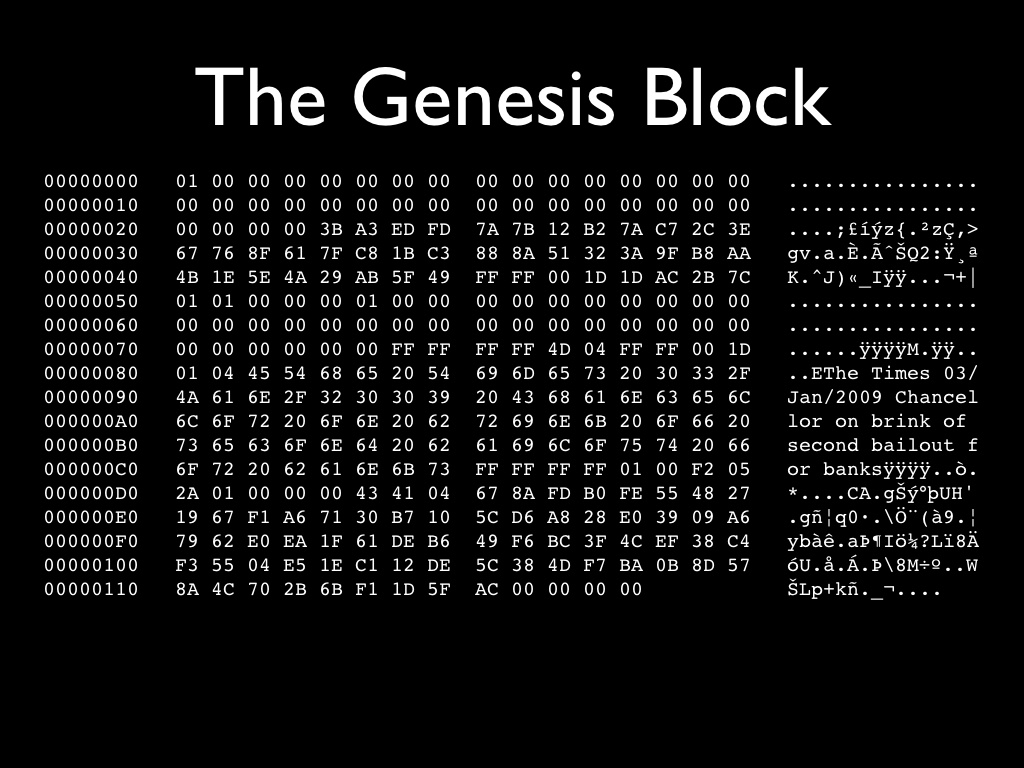
The network of thousands of computers running the Bitcoin blockchain is financially incentivized to adhere to the rules and protocols of Bitcoin, with node operators being penalized for any foul play. This allows for totally transparent, open-source, verified financial transactions worldwide.
Bitcoin is a deflationary asset, created by the pseudonymous developer(s) Satoshi Nakomoto. Bitcoin BTC was created as ‘the people’s money’ or ‘internet money’, and is a borderless, permission-less asset, available to anyone regardless of race, color, or creed.
What is the S&P 500?
The S&P 500, sometimes known as just S&P, is an index that shows the fluctuating value of the largest publicly traded companies in the US.
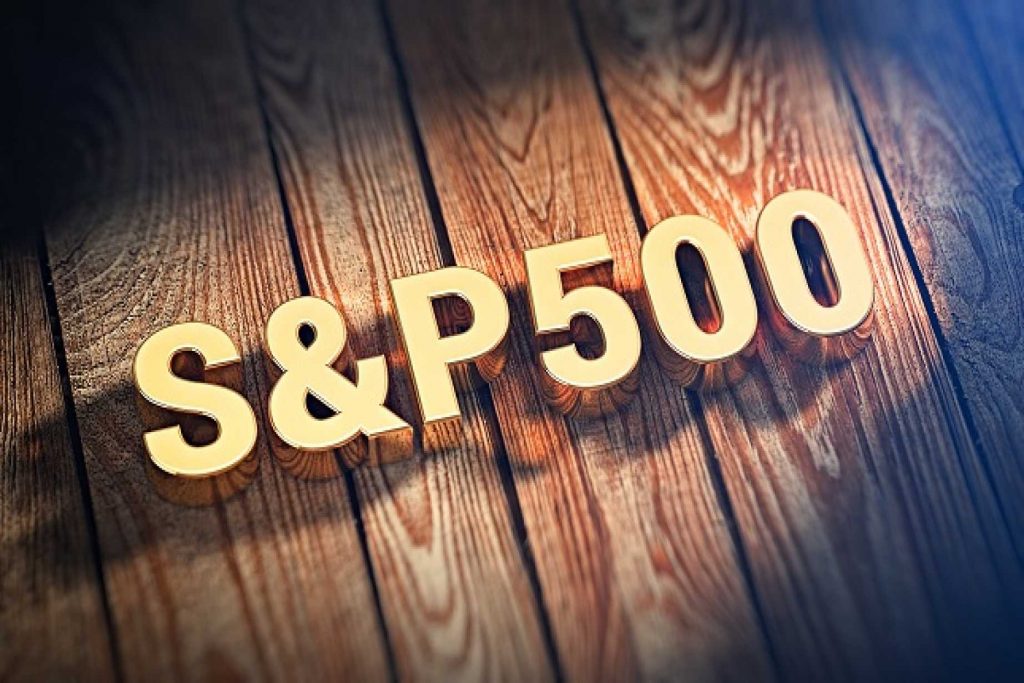
The stock market is measured in points or ‘pip”s. PIP is an acronym for “percentage in point”. A pip is the smallest price move that an exchange rate can make based on the foreign exchange market convention. It is one-hundredth of one percent, or the fourth decimal place (0.0001). To learn more about how this works, click here.
How does Bitcoin compare to other assets?
History of Price over 20 years
The inflation-adjusted price charts on macrotrends.net display interactive price charts dating back over 100 years. This is incredibly helpful to study when comparing the history of Bitcoin vs. Gold vs. Stocks, as it helps give an idea of the future. History may not always repeat, but it often rhymes!
Gold
The beginning of the chart shows that in February 1915, the price of gold was $496.27 per ounce. In January 1980, the price of gold peaked at $2246.79 per ounce and proceeded to decline for the next two decades steadily.
In December 2000, the price of gold was a modest $402.29 per ounce. Throughout the following decade, the price of gold continued to rise to a peak near the all time high price of $2076.85 in August 2011, despite a near 20% drop in 2008.
The price of gold continued to fall to a support level of $1153.22 in November 2015, where it would trade sideways approximately four years later.
In November 2019, the value of gold was $1459.26 per ounce and has since continued to rise in price. The price of gold as of July 27, 2020 stands at $1,938.10 per ounce.
Stocks
In January 1928, the S&P 500 was measured at 261.63 points. This steadily rose to 449.44 points from 1929 to 1932 until the Great Depression, where the S&P 500 fell over 86% in 3 years. It wasn’t until 1954 when the S&P would return to its previous peak.
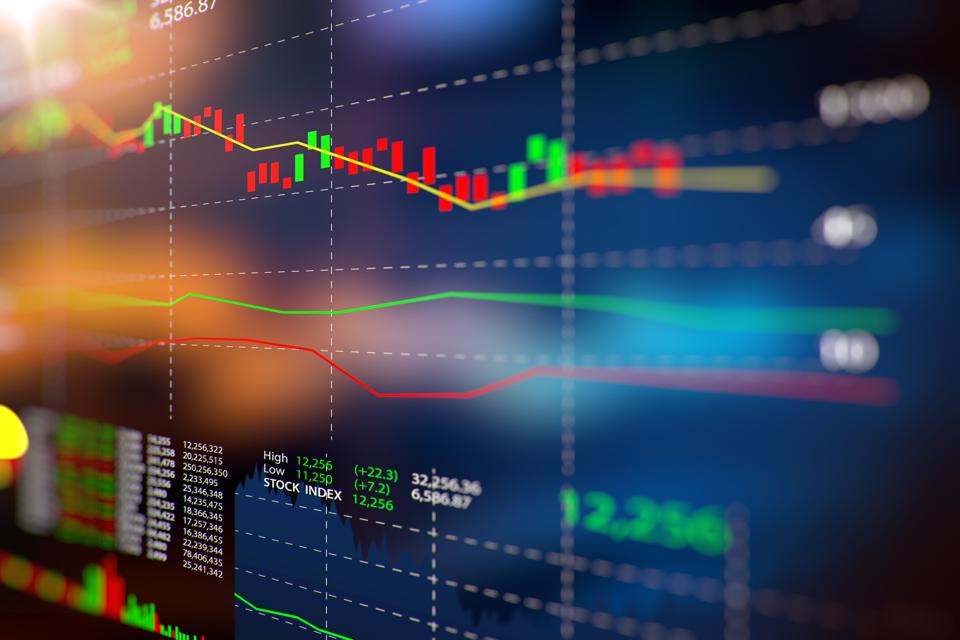
Over the following decades, there was a pump in stock prices until the early ’70s to 80’s when the index fell to 283.15 points. Following this began the internet boom of the 90s to the early 00’s where the S&P Index reached 2264.38 points before steadily declining to the infamous 2008 financial crash bottoming out at 893.13.
World leaders and central banks have since teamed up to prevent this kind of financial catastrophe from happening again. In an attempt to support the global economy, governments have continuously pumped more and more dollars into the system.
The S&P 500 saw its highest ever peak at 3240.47 points in December 2019. Due to the Covid-19 pandemic’s effects the following year, the global economy was essentially put on pause for six months, resulting in the index taking a sharp decline to 2582.01 points in March 2020.
Through a collaborative effort between governing and regulatory parties, the American stock market index has been propped up to heights of 3239.41 points in July 2020, just four months after the global shutdown.
You may now understand why reputable and successful investors have stopped investing in the stock market. There are more than 50 million Americans unemployed, with thousands of businesses shutting down. People are struggling to make sense of why stock markets have been performing so well in such an unproductive and uncertain time.
Bitcoin
Bitcoin’s whitepaper was first proposed in 2008, with the release of the protocol established in 2009. At this time, 1 BTC was worth around $0.0008. The price of Bitcoin has since been extremely volatile. Roughly every four years, the amount of Bitcoin awarded to miners for the validation of blocks is cut in half, in an event known as ‘the halving’. Historically this has preceded a bull cycle in which the price of Bitcoin has increased exponentially.

The first Bitcoin bull run started in July 2010 when the price of Bitcoin increased from approximately $0.0008 to $0.08 – a 100 X return. In the next bull run of 2013, Bitcoin reached a price of just over $1200.
On December 17, 2017, Bitcoin saw it’s all-time high of $19,783.06.
The price has since leveled out, finding support around the $10,000 mark ahead of the highly anticipated bull run of 2020/2021.
Since the dawn of Bitcoin a mere 12 years ago, the revolutionary cryptocurrency has increased in value by more than 11,000,000%. Congratulations to anyone who bought Bitcoin 8 years ago!
However, there are many technical analysts and crypto traders anticipating a $100,000 Bitcoin in the coming bull market, some even suggest the price could reach as high as $200-$300,000!
A History of Volatility
When comparing Bitcoin vs gold vs stocks, it is important to bear in mind the differences in how these assets fluctuate in price.
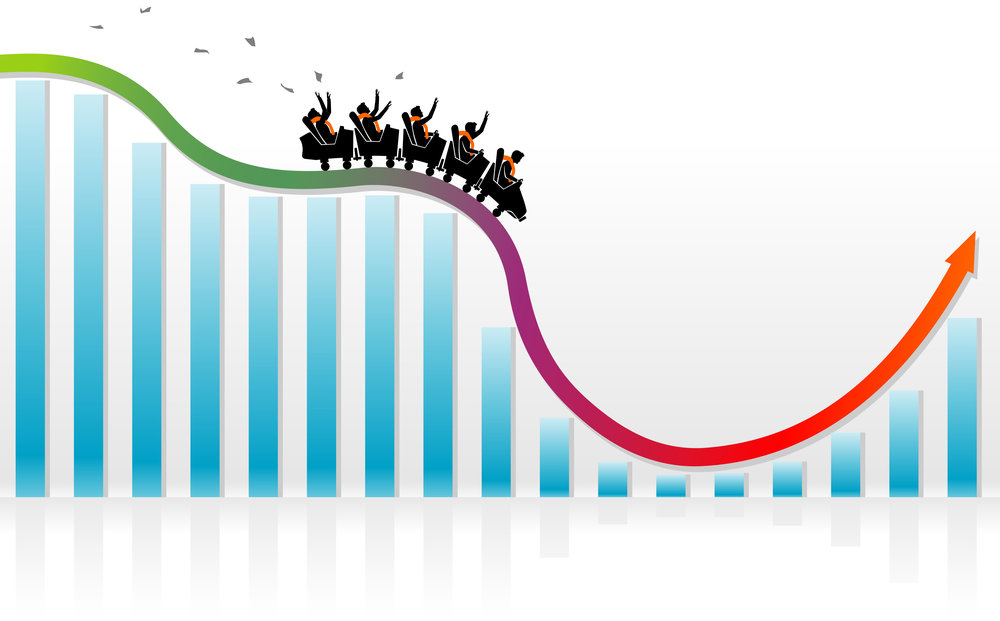
Gold
Most people would argue that the price of gold is fairly stable; however, on a 100-year chart, there is clear price volatility, which correlates with previous hyperinflation and debt cycles across major economies.
In April 1915, gold was valued at $496.72 per ounce. Over the next 30 years, it saw the price drop with the stock market during the Great Depression to $254.27, only to rise up to $683.95 per ounce in January 1934.
In November 1970, gold was at its all-time lowest price at $236.80 per ounce. Correlating with the announcement of the US dollar’s un-pegging to gold, the price then soared for a decade to its all-time high of $2246.79 in 1980.
The price charts show that gold had a higher low of $375.92 in April 2001, before then rallying for the next 20 years to what could soon be a new all-time high.
Stocks
The S&P 500 and other key indices (Dow Jones, NASDAQ) have shown continuous growth over the years. There have been a few major drops along the way, but overall the value is generally increasing on a long-term upward trend.
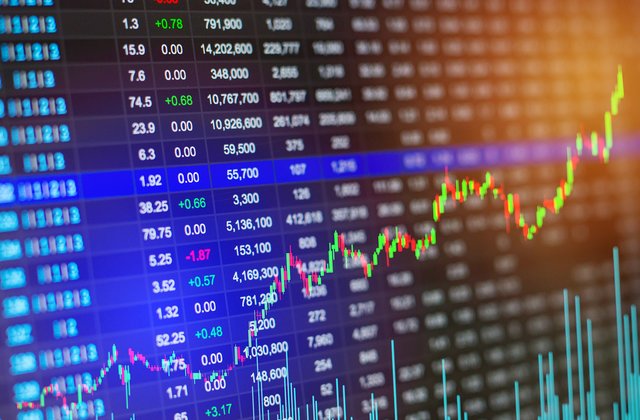
In light of the recent pandemic and the side effects on the global economy, some people now speculate that the US economy is in a ‘bubble’, as it continues to flourish despite record unemployment and low productivity.
Bitcoin
Bitcoin is infamously volatile, and has been known to lose up to 50% of its value in a day!
Bitcoin has been regarded previously as one of the most speculative investments in terms of price volatility, but has provided substantially larger returns than gold or stocks. Bitcoin is now seen as one of the least volatile cryptocurrencies on the market after months of sideways price movement.
Bitcoin is still at the very beginning of its existence, and there are still millions of coins yet to be mined. Ultimately, Bitcoin could be used as a stablecoin in the future. If Bitcoin is to be adopted as a global reserve currency, the asset’s price will likely stabilize as the maximum supply is fully mined.
The price of Bitcoin fluctuates on an upward trajectory. For long-term hodlers who are aware of Bitcoin’s fundamentals and value proposition, the price volatility is of little concern as they are aware that Bitcoin is only just getting started. The volatility of Bitcoin is, in fact, an attractive feature for many traders.
Market Cap Growth
Gold
According to the BBC, there are 171,300 tonnes of gold in the world.
With 32,000 ounces per ton and price today of $1,963.84, this means the market cap of gold is (171,300 x 32,000 x 1,963.84) $10,764,985,344,000 (10 Trillion USD)
The market cap has nearly doubled in the last ten years and currently shows no signs of stopping.
Stocks
Following the dotcom bubble, the market cap of the S&P 500 fell from $12 trillion in 2000 to $7.5 trillion in 2002. However, it only took four years before the market cap had grown to $12 trillion once more in 2006 when the market began to show some healthy growth before the crash of 2008 approached.

In March 2009, the index saw its lowest value in recent history, dropping to 6.5 trillion dollars.
Since then, the market cap of the US stock markets has continued in an upward trajectory. According to data compiled by SiblisResearch.com, the S&P 500 had a market cap of $21.83 trillion as of June 30, 2017.
The market cap of the S&P 500 today is more than treble the size it was before the 2008 crash, at just over 25 trillion dollars.
In December 2019, the S&P 500 stood at an all-time high of $26.4 trillion, dropping by nearly $5 trillion in market cap in March 2020. The US government has since managed to re-inject $4 trillion as of today, with the index sitting at a $25.6 trillion market cap.
Bitcoin
In 2015 Bitcoin’s market cap was around $3,000,000,000. During the 2017 bull run, people became excited as the market cap grew from $14 billion in January to $69 billion by August.
However, it was at the end of 2017 that the market cap exploded in value to $315.8 billion in mid-December – Bitcoin’s current all-time high.
At the time of writing, Bitcoin’s market cap is $203,720,671,502 – $100 billion lower than the height two years prior. However, there is far more adoption and media attention today in cryptocurrency than ever before. Belief in blockchain technology increases, which could ultimately form a solid foundation for Bitcoin in the next rally.
Purchasing Power of Gold
This precious metal has maintained its status as a store of value and wealth over thousands of years and will most likely continue to do so for many more to come. As much as gold is a valuable asset, it can be challenging to get hold of and store safely in large quantities.
Most people don’t feel safe enough to store large amounts of gold in their own homes, so choose to keep their assets locked away in a secure vault somewhere. Some people who own gold, have never actually seen or held it – they would receive a certificate of authentication and a claim-cheque for if they ever wanted to withdraw their gold. (Sound familiar?)
Owning gold may increase your wealth, but nobody goes into a shop to buy food with loose gold coins jangling around in their pockets.
Over the years, gold has maintained its purchasing power, but the practicality in everyday transactions has diminished almost entirely.
Purchasing Power of US Dollar
Since 1914 the purchasing power of the US Dollar has decreased by 97% due to the debasement of the currency.
This means that $100 in 1914 would be the equivalent of $3.70 now. In recent history, Americans could do a monthly grocery shop with $20, and now it just about covers lunch.
Purchasing Power of Bitcoin
For a few years initially, Bitcoin couldn’t buy you much – 1 BTC was less than 1/100th of a penny. The first Bitcoin transaction to ever occur was in 2010 when Laszlo Hanyecz purchased 2 Papa John’s pizzas for 10,000 BTC, then valued at $30.
(Now worth approximately $100,000,000!)

1 Bitcoin alone won’t get you a Lambo just yet, however, long-term hodlers may have made sufficient gains to buy several.
The beauty of a deflationary asset is that it maintains its purchasing power as its value increases.
Public Faith in Gold
Toward the end of each debt cycle, people panic as they notice their wealth decreasing, turning to the number one store of value throughout history – gold. As the demand for gold increases, so does its price, which is why there was a large spike in 1980 when gold went above $2000 per ounce.
In light of the pandemic and the questionable growth in the stock markets, people are looking elsewhere for investment and a store of wealth. In 2020 the price of gold increased from $1527.57 in January to just over $1900 in July.
There is speculation from precious metals experts that gold will soon be in price discovery, exploring new all-time highs following the unprecedented paper stimulus being pumped into the global economy.
Public Faith in Stocks
Following the 2008 crash and the introduction of a decentralized currency, a lot of people began to educate themselves about the history of money and the economy. When people gain financial intelligence, they undoubtedly lose faith in the value they once perceived in the paper dollars in their wallet and instead seek alternative stores of wealth.
On the other hand, the majority of people will sadly roll with the punches and fall victim to the dwindling currency, which they are reluctant to abandon. Monetary policy is thinly veiled with long, technical jargon to disguise how the system actually works, and people often don’t take the time to understand how the legacy financial system is failing them.
Though most people may still believe that the government will look after them when they retire and that they will be able to live on their hard-earned pension funds, others recognize that printing can’t continue forever and are beginning to lose faith in the global reserve currency.
Public Faith in Bitcoin
An innovative, revolutionary technology is often dismissed for being too novel, complicated or for posing a threat to the current infrastructure – even if that infrastructure is crumbling on its last legs.
Bitcoin is creating a new decentralized free market, allowing the value of digital assets to be determined through the supply and demand of the asset.
Over the years, Bitcoin has gone from being valued in 5 decimal places to becoming a five-figure coin, with wide speculation of achieving several times the current valuation.
As further adoption and education are made available across the globe, public faith will naturally follow as people begin to realize that the future of money is digital.
Bitcoin vs Gold vs Stocks: Conclusion
Gold
Gold was the world reserve currency until 1971, when Nixon released the peg from the US dollar to gold, and all other major national currencies became tied to the dollar.
Gold maintains its value over a long period of time, and has recently been increasing in value, however, the precious metal is difficult to store safely and is not easily divisible.
BTC
Bitcoin is the savior to a fraudulent, corrupt, and collapsing financial system, offering a censorship-resistant, universal currency with borderless payments and transactions.
The BTC cryptocurrency has been consistently increasing in value since its creation in 2009 and is becoming a favorable investment vehicle and trading option.
Bitcoin is a digitally scarce deflationary asset that is immutable and transparent. Bitcoin has a finite supply and cannot be corrupted.
S&P 500
The value of the S&P 500 has increased in value at rapid rates following the closedown of the economy. Many are skeptical about the stock markets’ performance as millions of people are unemployed and productivity is at a record low.
US Dollar
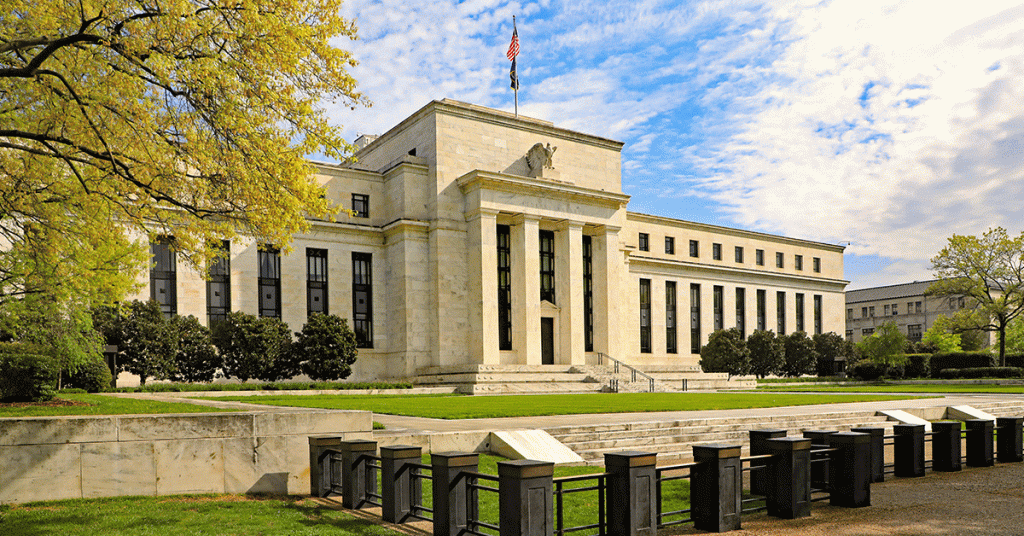
Unbeknown to most, as the FED keeps printing trillions of dollars, the value of the US dollar is diminishing with every sheet. As is the case with many other countries, all of the money produced by the US government this year will be paid back by US citizens next year through increased taxes and inflation.
All fiat goes to zero. Gold is heavy. Bitcoin is the people’s money.





